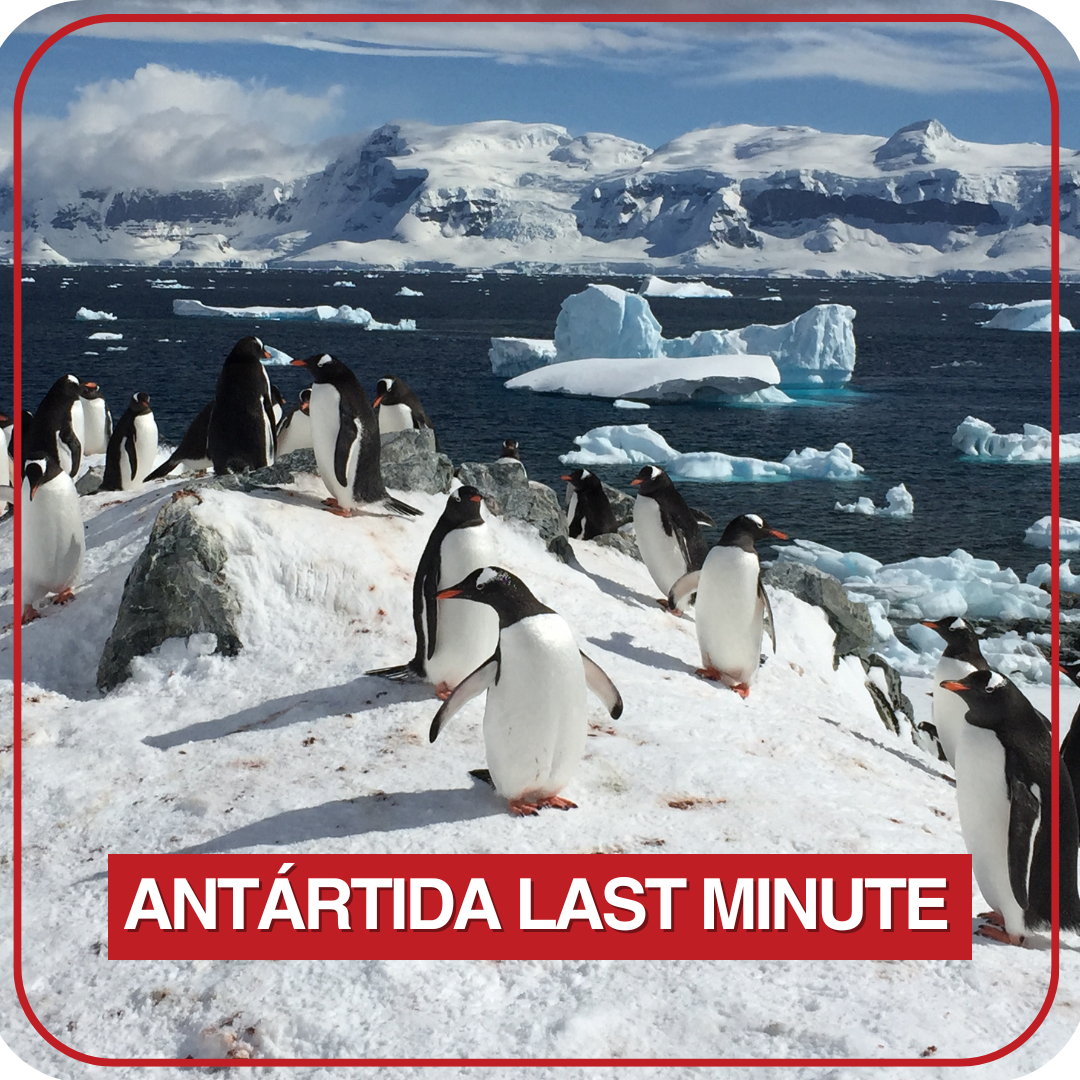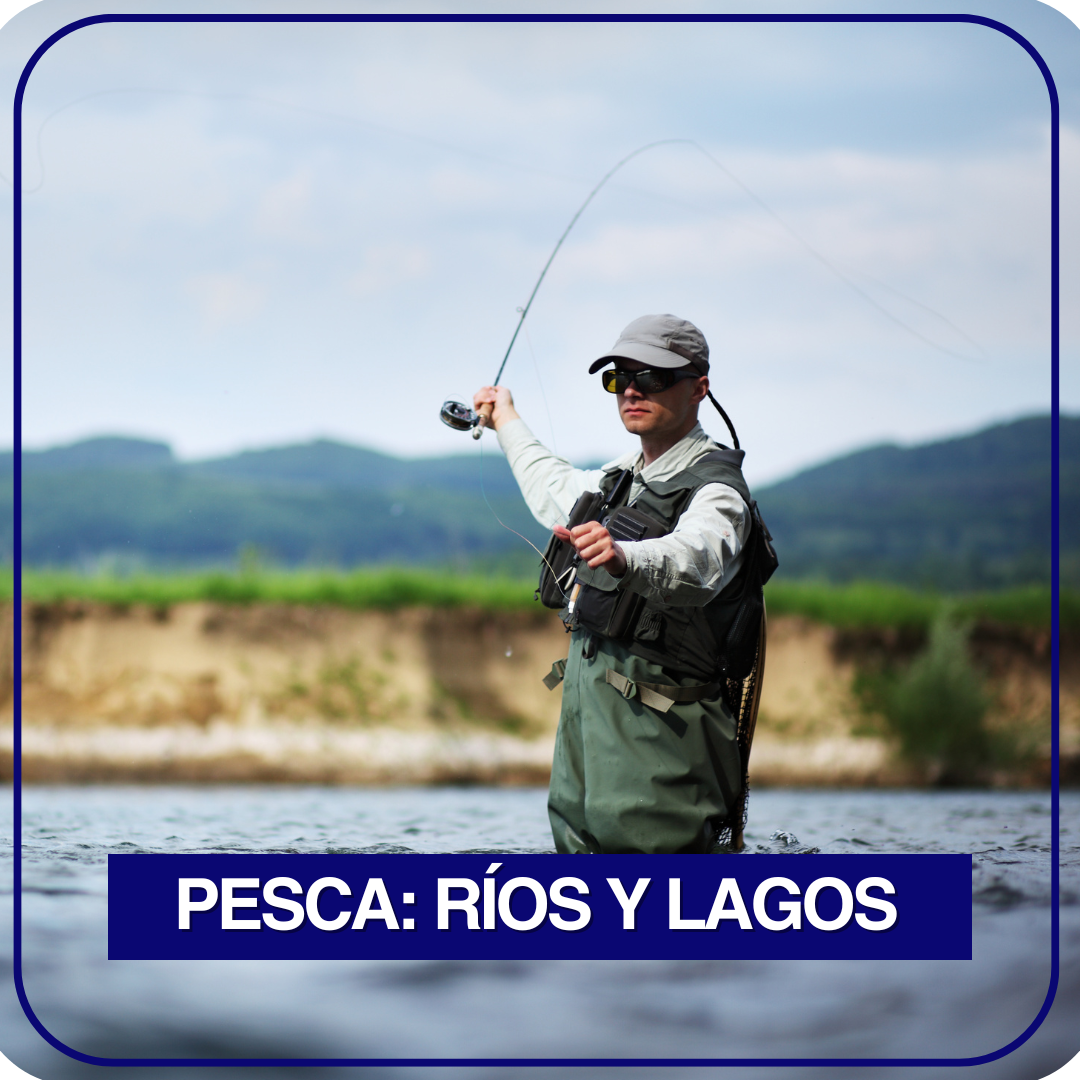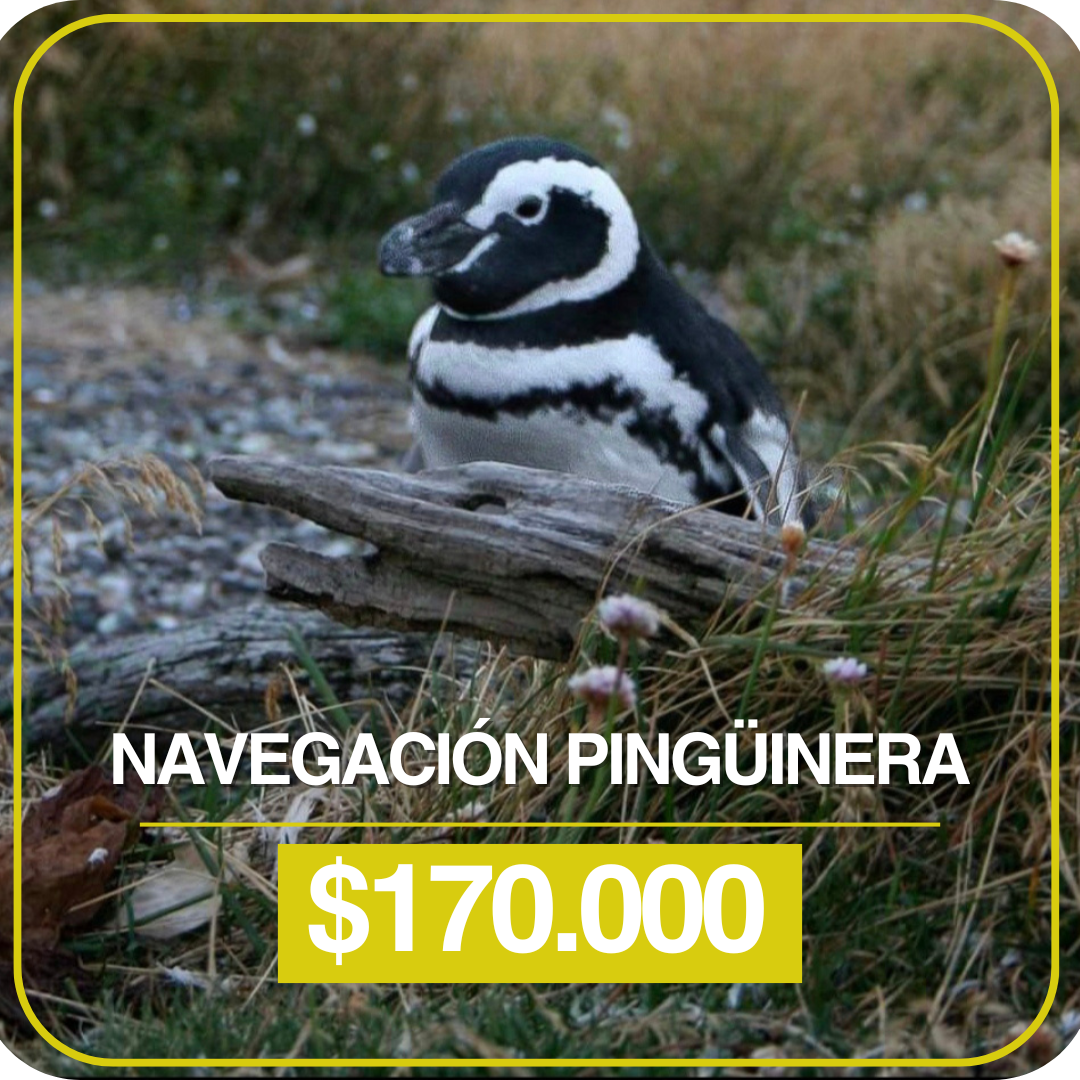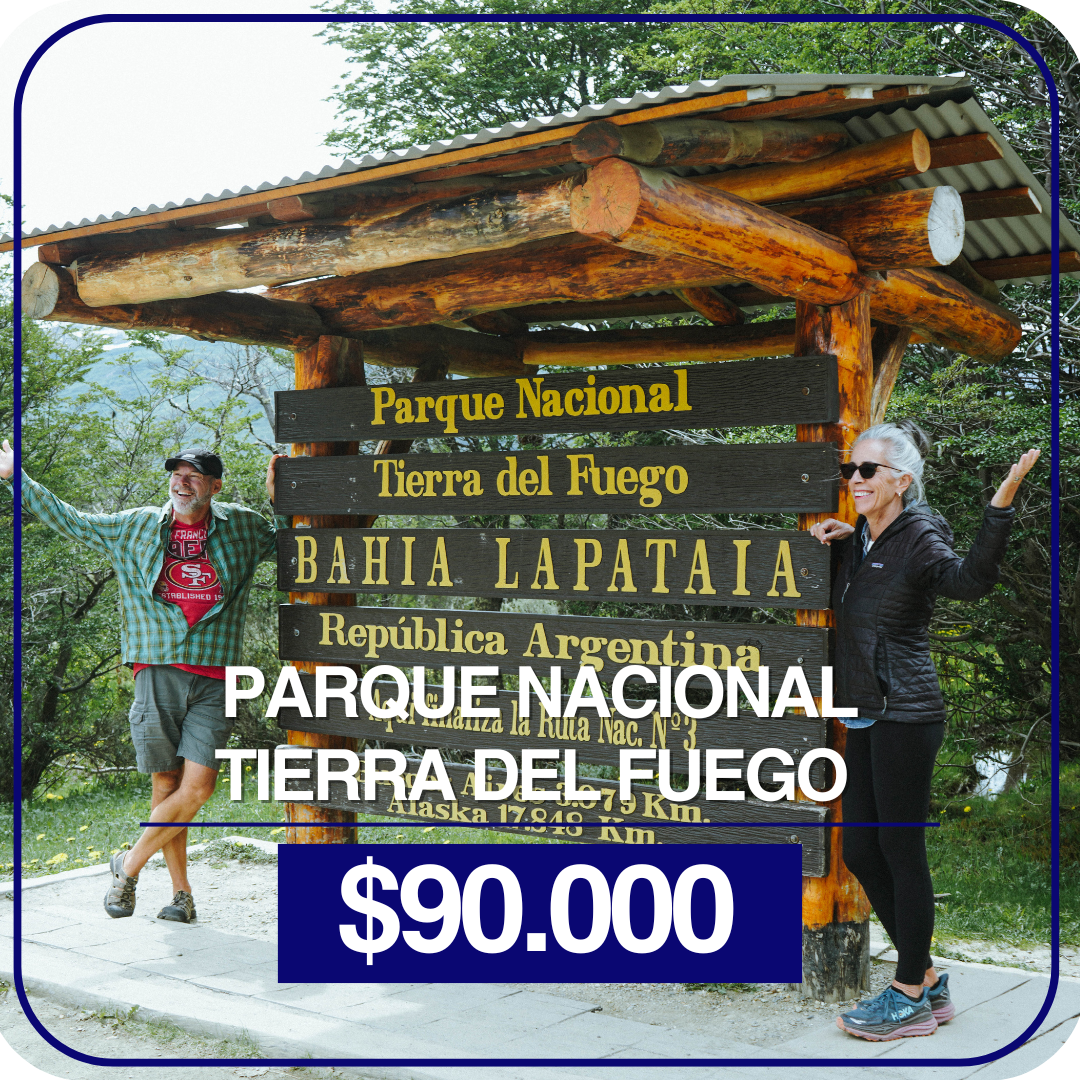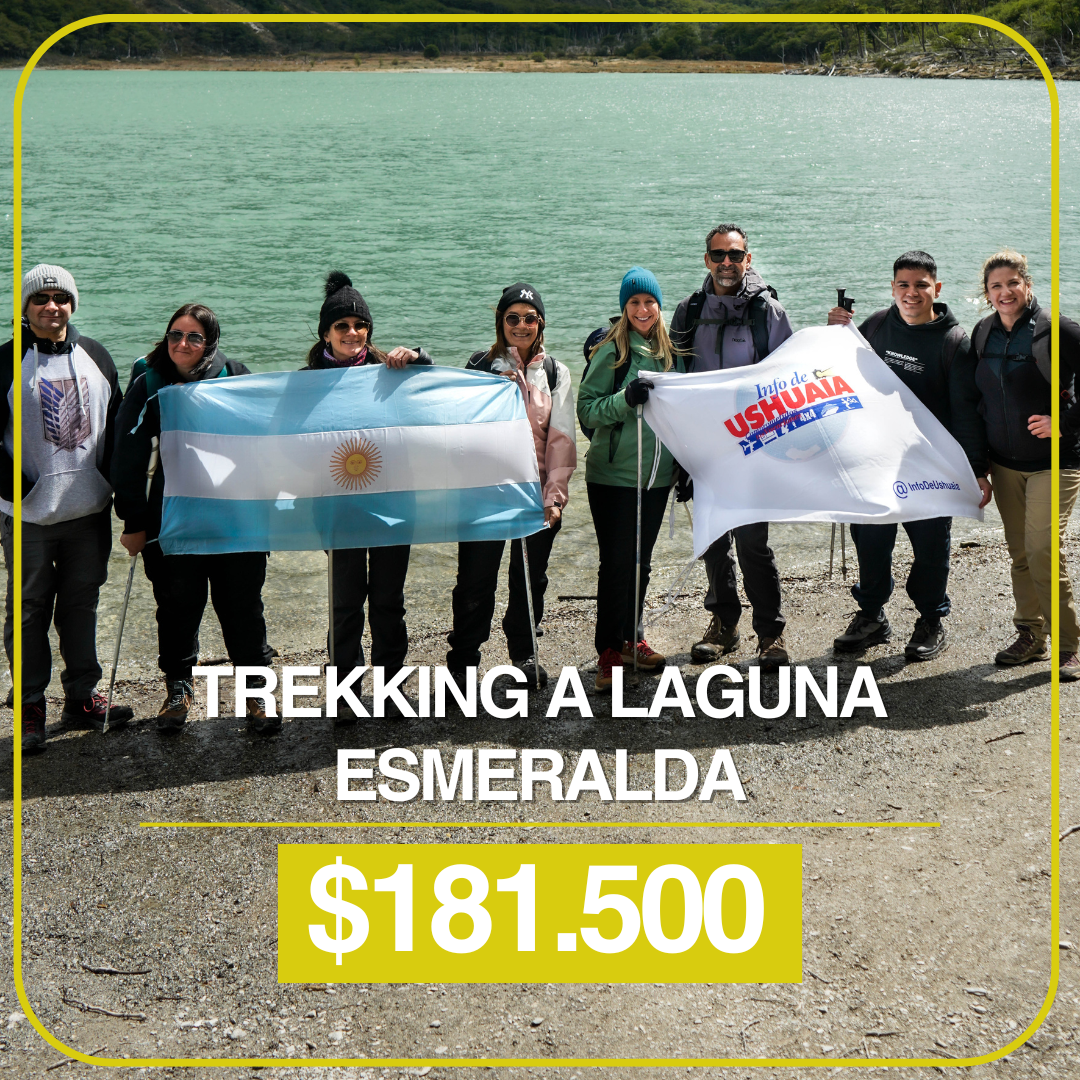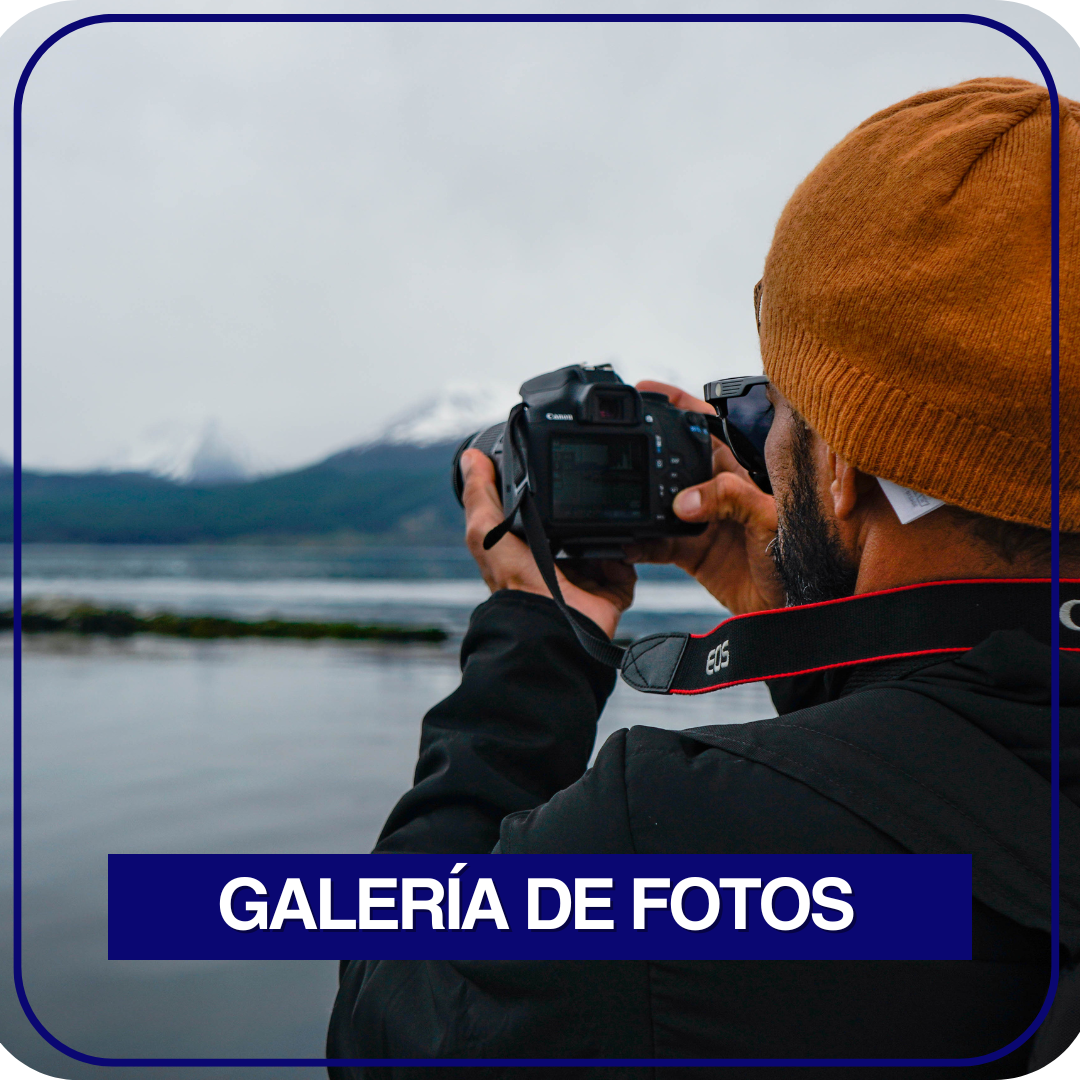The 10-12 Day Expeditions
We offer a variety of options that will allow you to get to know Antarctica in just 10-12 days.
Expeditions that typically fit into this time length include: Introduction to Antarctica Expeditions and Fly-Cruise Expeditions.
Each company offers a slightly different take on the Introduction to Antarctica Expedition, but each generally follow the same general itinerary:
Introduction to Antarctica
Day 1 – Embarkation, Ushuaia, Argentina
Day 2-3 – Crossing the Drake Passage
Day 4-8 – Antarctic Peninsula
Day 9-11 – Northbound on the Drake Passage
Day 12 – Disembarkation, Ushuaia, Argentina
Day 1 - Embarkation Day: Today you are welcomed aboard our expedition vessel by a team of crew and expedition staff eager to share with us the journey-of-a-lifetime. As we cast lines and pull away from the Port of Ushuaia you have time to admire the beauty of the Beagle Channel, the surrounding mountain peaks and may even catch a glimpse of some penguins, sea lions, dolphins and whales!
You are soon welcomed to come together to become orientated with the ship and its many areas for you to enjoy. Here you will meet the Expedition Leader and the expedition staff who will be guiding you throughout the journey.
The crew and expedition staff next will guide us through an emergency lifeboat drill. Our evening concludes with the Captain’s Welcome, where the captain of the vessel will welcome us onboard with a toast and dinner!
Day 2-3 – Crossing the Drake Passage: Sea days are an opportunity to start learning about what Antarctica has in store for us!
The program is packed with a variety of interesting and educational presentations ranging in topics from Whales, Seals and Seabirds of the Southern Ocean, History of Exploration, Oceanography and more!
The idea is to frontload your experience in Antarctica with as much relevant and intriguing information as possible.
You will have the opportunity to attend presentations and workshops and ask questions of the many Antarctic experts that are on board.
So whether you have been reading about Antarctica for months or are just now acquainting yourself with it, the experts are here to enrich your experience!
Everyone is encouraged to get out on deck as much as possible to see the first signs of Antarctic wildlife.
During sea days, we are often graced with the presence of the Wandering Albatross (the bird with the largest wingspan on Earth), and countless other bird species such as shearwaters and petrels, storm-petrels, fulmar and even penguins! Whales of all species can often been seen, and if you’re lucky, blue whales may even appear! As we cross the Antarctic Convergence, the temperature drops noticeably both in the air and in the water.
Here at the convergence is an abundance of krill, the very basic food source for almost all animals in Antarctica. With an abundance of krill, comes an abundance of wildlife, so stay vigilant and let the expedition team know if you spot something!
For respect for this wildlife, we also take time to perform Bio-Security procedures before reaching Antarctica.
The Bio-Security procedures are performed by all expedition ships operating in Antarctic waters and planning to make landings on the Antarctic Peninsula and Continent. These procedures have been agreed to by companies who are a part of the International Association of Antarctic Tour Operators (www.iaato.org ).
The procedures are in place to ensure that we do not bring any seeds, spores or other pollutants or invasive species into the Antarctic environment. The procedures include vacuuming all outer-layer clothing, backpacks and camera bags and cleaning boots, hiking poles and tripods in an anti-bacterial wash. The expedition team will help you through this process and in no time, all passengers will be bio-secure and ready to disembark!
During the sea days, you will also attend important presentations on how to conduct yourselves during landings and zodiac cruises in Antarctica.
Everything from how to get into and out of a zodiac (inflatable boats we use for getting from the ship to land), distances we must keep from wildlife, how to dress while in zodiacs and on landings and lots more!
Patient and experienced staff will be happy to answer your questions throughout this time so that you are well-prepared for your first landing in Antarctica!
Now you will begin to see more wildlife, will able to spot the first icebergs, and finally, the long-awaited mountains of the Antarctic Peninsula will be spotted in the distance! You’ve arrived!
Depending on weather conditions and your speed of crossing the Drake Passage, your expedition team may be able to disembark the ship to make a landing and/or zodiac cruise in the South Shetland Islands at the end of Day 3.
If not, there will be lots to see from the ship, as penguins, whales and sea birds accompany us as we sail into sheltered waters.
Day 4-8 – Antarctic Peninsula: The coming days will be filled with landings, zodiac cruises, presentations, briefings, adventure activities and workshops.
You will have the opportunity to connect with the natural world in a way you never thought possible. The beauty and vastness of Antarctica is truly impressive.
From penguin chicks, to close whale encounters, glistening icebergs, calving glaciers and incredible sunsets, you will be one of very few in the world who have experienced Antarctica and all is wonder.
Your expedition team has prepared for you an expedition that will be both an educational and entertaining experience!
On the evening of each day, a detailed expedition itinerary will be posted for all passengers to view.
It is important to remember that this itinerary is subject to change at any moment due to both weather conditions and exciting opportunities to view wildlife that might arise during our journey.
Changes are always communicated to you efficiently, either through announcements or expedition briefings.
The daily program generally includes two or more landings and zodiac cruises, briefings, presentations, onboard activities and lots more!
Landings consist of our expedition team disembarking the ship and being transported to shore in zodiacs, driven by our expert and enthusiastic expedition team members.
Once at the shore, you will be helped out of the boats to finally step foot on land!
Landings can include visits to gentoo, Adelie and chinstrap penguin colonies, hikes to high lookout points, visits to historical sites and active research stations, and much more!
Throughout the landings you will have at least a few hours to explore the area.
Expedition staff will always be nearby to answer questions about the site and to aid you if necessary.
During most landings, if conditions are appropriate, you will also have the opportunity to zodiac cruise.
Zodiac Cruises are an ideal way to experience Antarctica from a different perspective.
A zodiac is an inflatable, open boat made of tough layers of rubber and it is perfectly designed for travel in Antarctica.
Your boat will be driven by an experienced and certified member of the expedition staff member who also has a wealth of knowledge on Antarctica.
Generally, you will share the zodiac with about 10 other passengers, which leaves you lots of room to take photos!
Zodiacs allow us to maneuver quickly and easily through small pieces of ice, to explore coves and bays, to spot whales and seals or just to sit quietly listening to and watching calving glaciers and icebergs.
Adventure Activities include activities such as kayaking, snowshoeing, skiing, mountaineering, scuba diving and camping.
These activities are interesting and exhilarating opportunities to get to know Antarctica on a different level.
If these activities are of interest to you, be sure to investigate which companies offer which activities, on which expeditions and at what cost.
Certified guides specific to each discipline are there to teach and accompany you, however it is also important to confirm what level of proficiency you must have to participate.
Remember that just like zodiac landings and cruises, these activities depend greatly on weather conditions.
Briefings are used to inform you of what we plan to do, to recap the day’s events, to highlight interesting wildlife encounters, to communicate historical information about our current location and more!
They are also yet another opportunity to ask questions of the many experts on board.
Presentations will continue to take place throughout our time in Antarctica.
Similar to the presentations given during the sea days, these are aimed to orient you with the flora, fauna, geographical, and historical aspects of the Antarctic Peninsula.
Workshops and informal presentations will also be offered to smaller groups who are looking to immerse themselves in a specific discipline or to hone skills such as photography, bird identification and surveying, navigation, and a variety of other areas.
It sounds like there is a lot on the agenda, doesn’t it? You will also have plenty of time to enjoy the comforts of the ship and to find quiet moments to take in the natural beauty of your surroundings.
You may find that you are pinching yourself to be sure that it’s all real. It’s something that I still do even after several years of guiding in Antarctica!
Day 9-11 – Northbound on the Drake Passage: Before we know it, we will be waving goodbye to Antarctica and reflecting on our experiences in the Great White Continent! However the journey is far from over!
During the coming sea days, the expedition team will be offering a range of presentations and entertainments onboard.
There will also be many opportunities to spot wildlife from the ship! During these sea days, most expedition teams will be creating an expedition logbook (in DVD format) for you, which you can take with you after the journey.
Day 12 - Disembarkation: After arriving to Ushuaia early on the morning of your disembarkation, we will enjoy one last breakfast on board before saying goodbye to our floating home.
Generally passengers disembark between 8:00-9:00am in the morning and are offered transfers to your hotels or the airport, depending on your departure time.
Be sure to get out on deck early on this day as the sunrise in Ushuaia can be spectacular!


